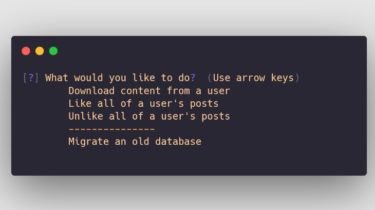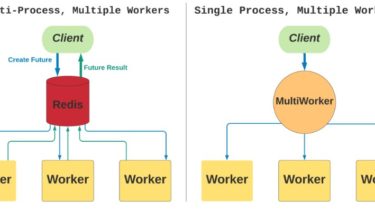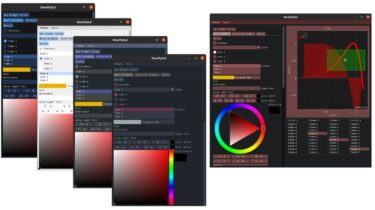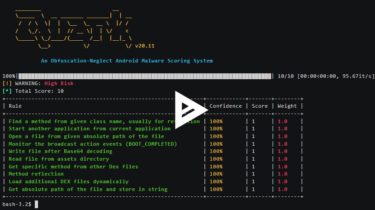A research-oriented benchmarking framework for advancing federated learning
FedNLP FedNLP is a research-oriented benchmarking framework for advancing federated learning (FL) in natural language processing (NLP). It uses FedML repository as the git submodule. In other words, FedNLP only focuses on adavanced models and dataset, while FedML supports various federated optimizers (e.g., FedAvg) and platforms (Distributed Computing, IoT/Mobile, Standalone). The figure below is the overall structure of FedNLP. avatar Installation After git clone-ing this repository, please run the following command to install our dependencies. conda create -n fednlp python=3.7 […]
Read more







